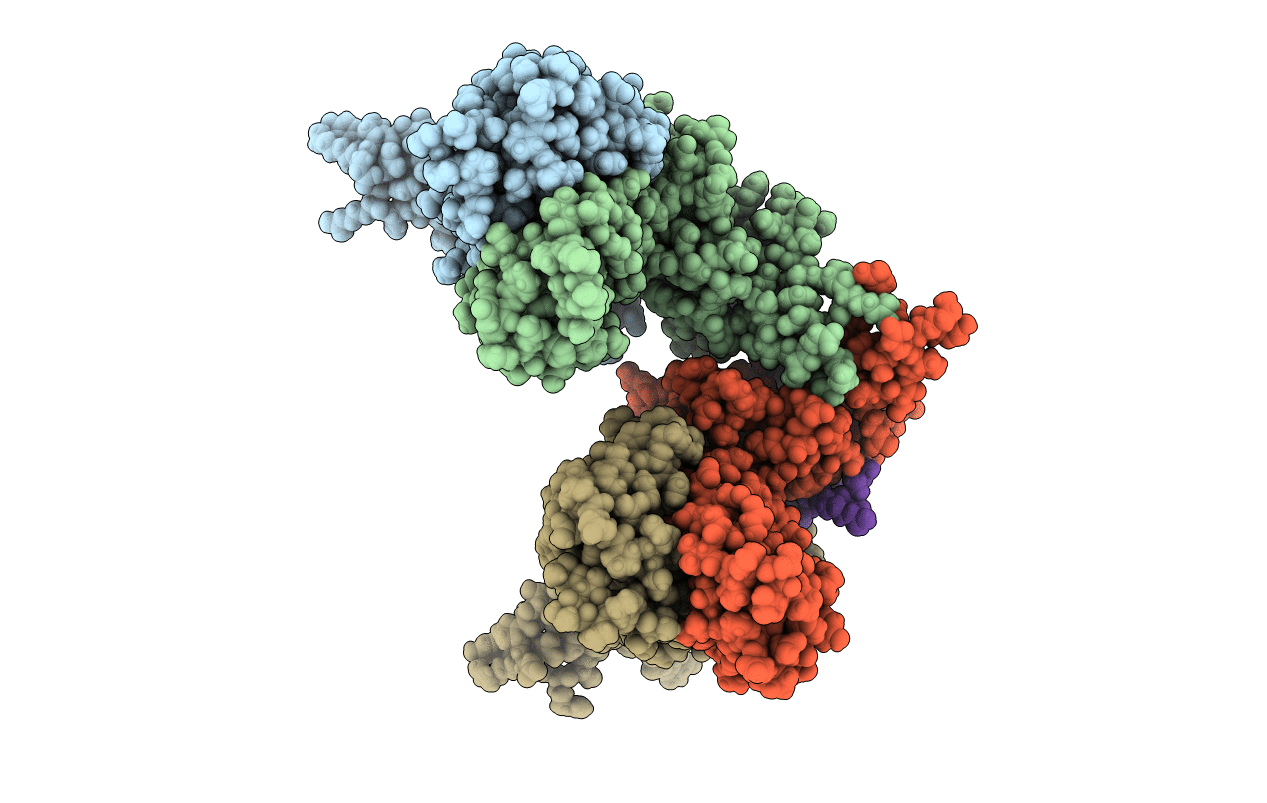
Deposition Date
2020-03-27
Release Date
2020-09-02
Last Version Date
2024-05-22
Entry Detail
Biological Source:
Source Organism:
Hepatitis B virus duck/DHBV-16 (Taxon ID: 489543)
Host Organism:
Method Details:
Experimental Method:
Resolution:
3.70 Å
Aggregation State:
PARTICLE
Reconstruction Method:
SINGLE PARTICLE


